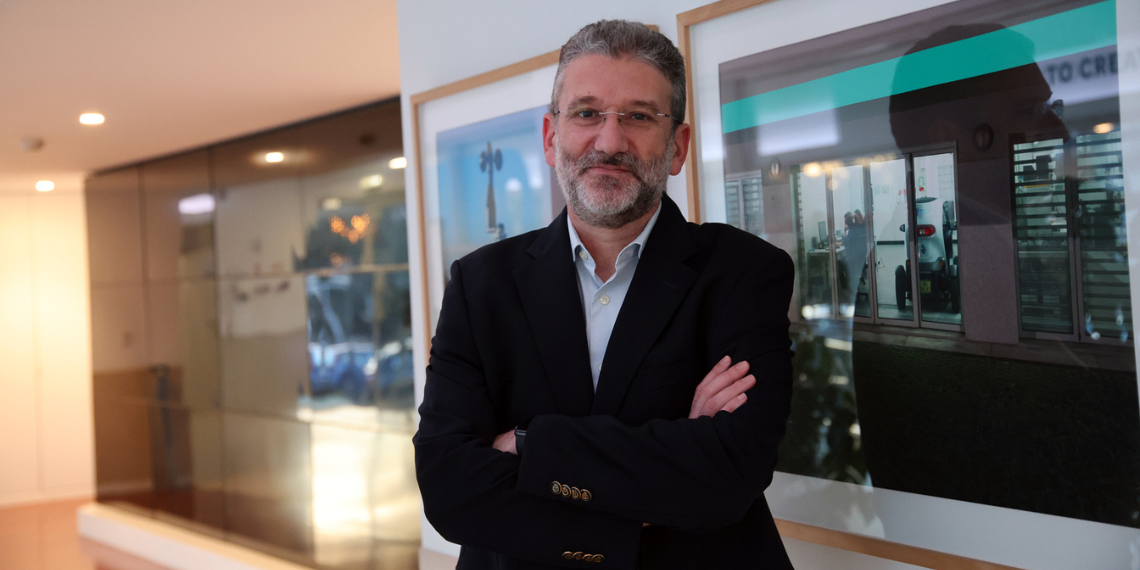Artificial Intelligence (AI) is transforming scientific research, providing unprecedented opportunities for discovery and innovation. At our recent event, “Leadership in Research and Innovation in the Age of AI”, we explored this potential and associated pressing challenges. The following are some of my key takeaways from the event and suggestions of cornerstones of a roadmap for responsible AI integration in research.
AI integration in scientific research is accelerating and transforming how we conduct experiments and analyse data, enabling breakthroughs in numerous fields by automating complex data analysis, accelerating hypothesis generation, or improving research dissemination. The analysis and recommendations of the European Commission’s Scientific Advice Mechanism or the AI Index 2024 Annual Report by Stanford University highlight AI’s rapid advancements and growing influence across various scientific domains, and the need for responsible AI uptake.
Effective leadership in AI-driven research will involve developing a vision, one that must extend beyond our individual organisations. This visioning process should grasp external stimuli, integrate internal scientific capabilities, and lead to a transition from a defensive to a bold approach. Leadership must then prioritise transition goals, invest strategically, and track progress and outcomes, while fostering internal and external cooperation, adapting quickly to a fast-moving AI landscape.
The academic community needs preparation for AI integration, including advanced training, particularly for leadership, and access to AI experts. Addressing non-technical concerns such as ethics and privacy and fostering a culture of openness and experimentation is crucial, and balancing the adaptation of people and AI technologies will be critical to successful adoption.
The focus required for disciplinary depth presents challenges for AI integration. AI’s potential will benefit from multidisciplinary research groups organised around computational power, which will drive new patterns of collaboration and creativity. Connecting across disciplines and organisational silos can also facilitate the aggregation of diverse data, benefiting AI applications.
AI building blocks will enable new ideas and ways of thinking, fostering greater creativity in research. Developing platforms and making them available to unleash AI-based creativity will be essential and open significant potential for citizen science. For leaders, fostering creativity will increasingly play a vital role in the evolving research landscape.
Advocating for policy reorganisation, infrastructure, and funding is vital. Public availability of data and AI platforms, resource sharing, and scaling up capability are necessary to keep pace with industry advancements. Navigating the complex dynamics of industry and geopolitical influences requires bridging multiple categories of impact and engaging diverse stakeholders.
AI holds the promise of transforming scientific research, with an integration that must be managed responsibly. Collaboration among researchers, policymakers, and industry will be key to ensuring that AI’s benefits are maximised while mitigating its risks. The path forward involves embracing simultaneously AI’s potential and the interconnected ethical, societal, and technical challenges it presents.
By João Claro, Chairman of the Board and CEO of INESC TEC



 News, current topics, curiosities and so much more about INESC TEC and its community!
News, current topics, curiosities and so much more about INESC TEC and its community!